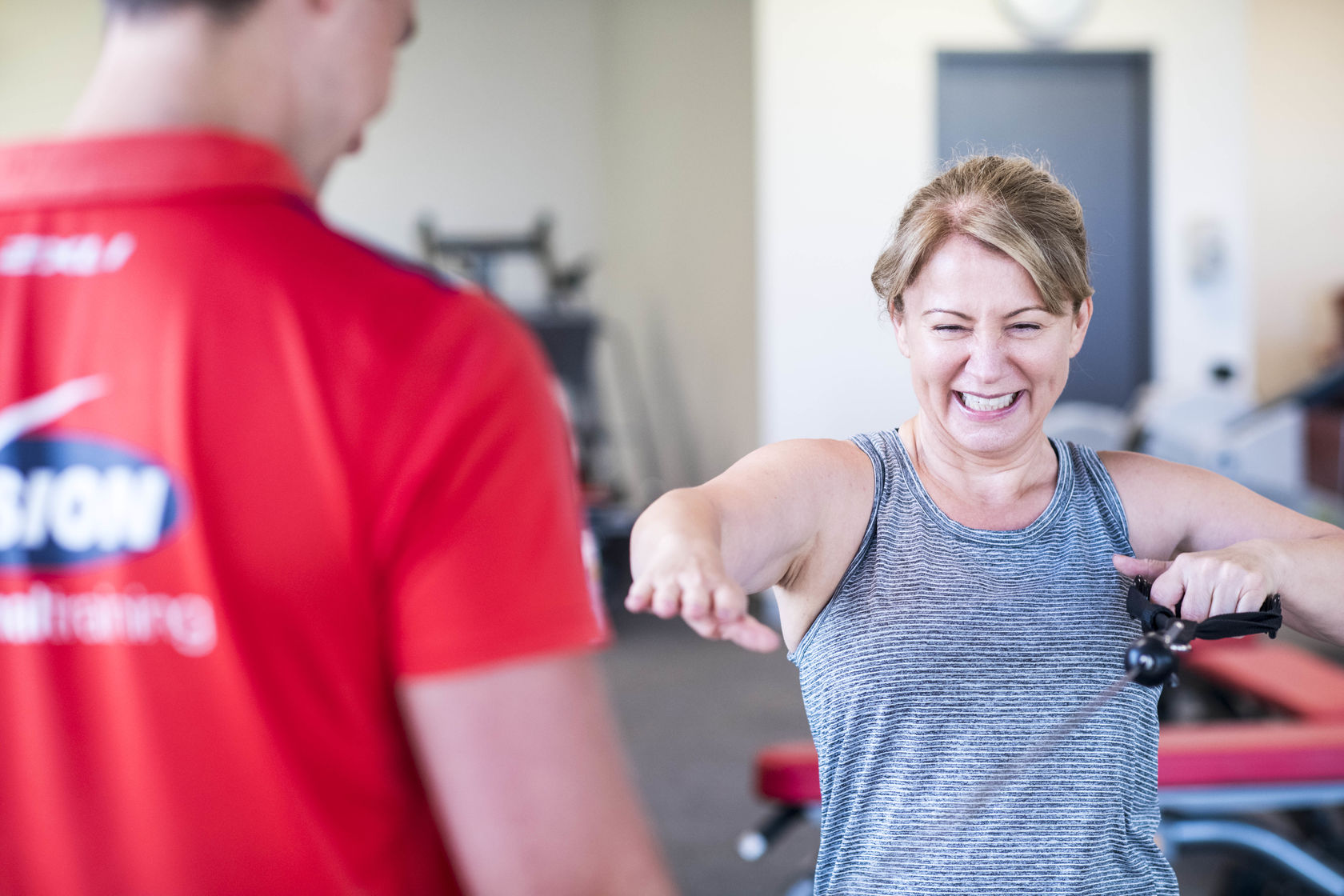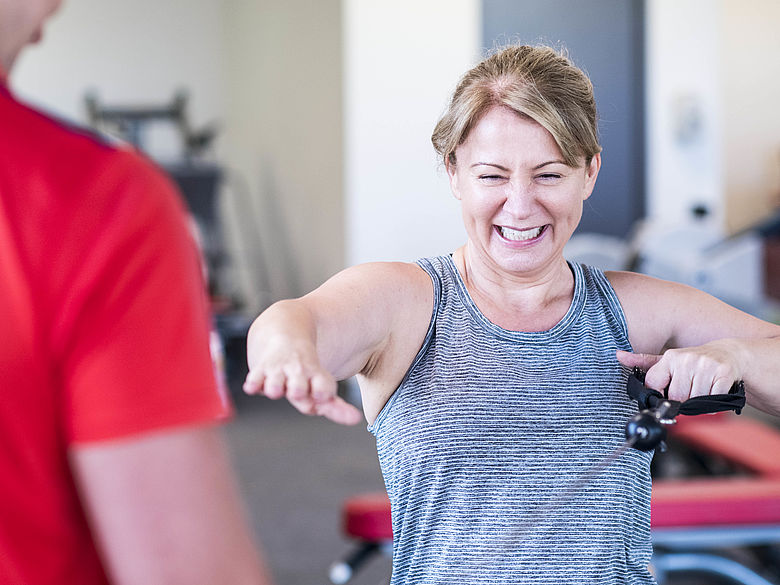Triathlon is a multisport whereby you complete a swim, bike and run in one event. It offers a great deal of variety for training and challenges as there are many different components to conquer in order to improve your overall time. In this article, I want to remove any fear from doing a triathlon or expectation that these events are for only the elite fitness fanatics.
Triathlons are perfect for someone not familiar with fitness events as there are many distances you can do depending on your fitness level and time commitment. So firstly, find your event from the distances below: (in order swim, bike, run, estimated time to train for per week):
- Super Sprint: 200m, 10km, 2km, 2hrs+ (also known as enticer)
- Sprint: 750m, 20km, 5km, 3hrs+
- Olympic: 1.5 km, 40km, 10km, 4hrs+ (also known as standard distance)
- Half Ironman: 1.9km, 90km, 21.1km, 6hrs+
- Full Ironman: 3.8km, 180km, 42.2km, 12hrs+
After picking which distance you are going to complete, get familiar with the seven components of what your day will consist of:
1. Participant Check-In and Transition Set Up: Prior to your race, you will need to get to the event super early to pick up your race pack (bib number and timing chip), set up your transition area (where you will change from swim>bike and bike>run).
2. Swim: Usually this will start off in age groups or in a self-seeded order whereby you move to the front or back of the que depending on how fast you think you'll finish the swimming distance. The swim is usually an open water swim to you may need to practise sighting (lifting your head out of the water and looking where you're going). You may also want to use a wetsuit to help keep your warm in cold water and give you buoyancy.
3. Transition 1: You exit the water and enter transition where you get yourself ready for the bike ride (helmet, sunglasses and bike shoes on). You must put on your helmet before you remove your bike from the stand. This is a great time to take a deep breath and start focusing on your next part of the race.
4. Bike: You'll then run your bike out of transition and mount at the dedicated mounting line and begin the ride course. Think you might get tired or hungry? During the ride there will be aid stations that have water, electrolytes and nutrition to supply your race, so practise riding with one hand as you may not stop to grab something from the station. Just be careful of drafting (tailing behind someone) and overtaking as races may have specific rules regarding these points.
5. Transition 2: Upon entering transition again, you'll need to dismount at the marked dismount line and run your bike to your allocated spot and get ready for your run (change of shoes, hat, sunscreen, water and nutrition)
6. Run: Off you go onto the last leg of the race, if you've got any left. Again, the event will supply more water, electrolytes and nutrition to help you finish the race. This leg may hurt the most as you have already used so many muscles and energy getting through the first two events, so make sure you do not run too hard too early.
7. The finishing shoot: The most memorable part of your race is the finishing shoot where you'll realise you have just completed something epic whilst a big crowd cheers you onto the finish line.
Last but not least I want to touch on mindset for your first triathlon. You WILL be scared. And you WILL be anxious. These are all very common and very okay because nothing worth doing comes easy. Therefore, make sure you go into the race with a plan (an idea on times you want to do for the swim, bike, run and what steps you are going to take in the transition area between events) as it is easy to get carried away with other competitors who are racing around you. Every athlete out there has a different background and experience level to triathlons (such as exercise history, availability to train, age, etc) so their performance should not reflect on how you are feeling during the race. Be confident that you have done the training to get you through the race and don't be hard on yourself if you have to slow down in the race to compose yourself.
Good luck and remember to enjoy the journey.
*Disclaimer: Individual results vary based on agreed goals. Click here for details.

